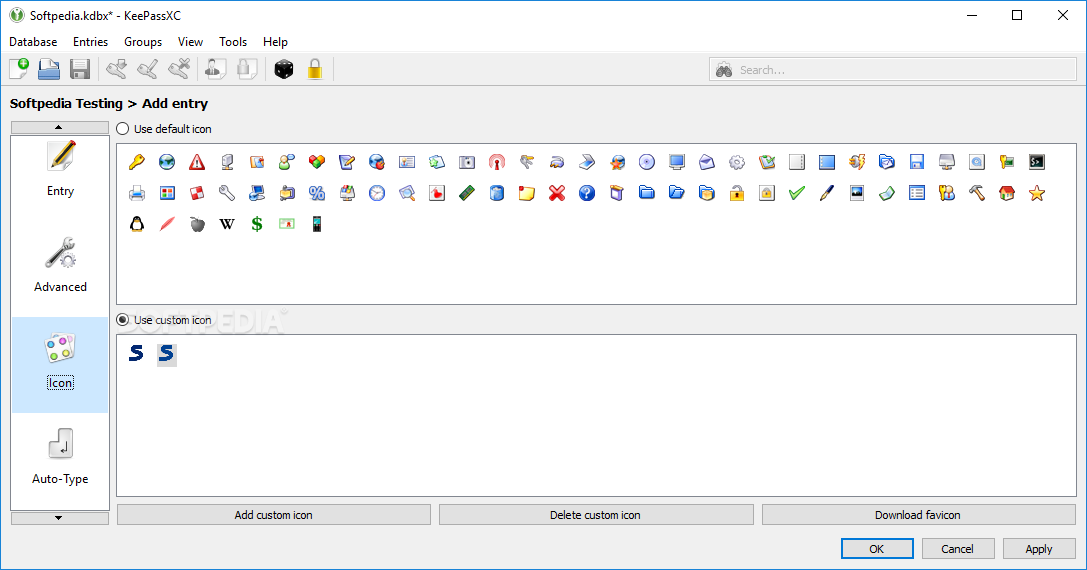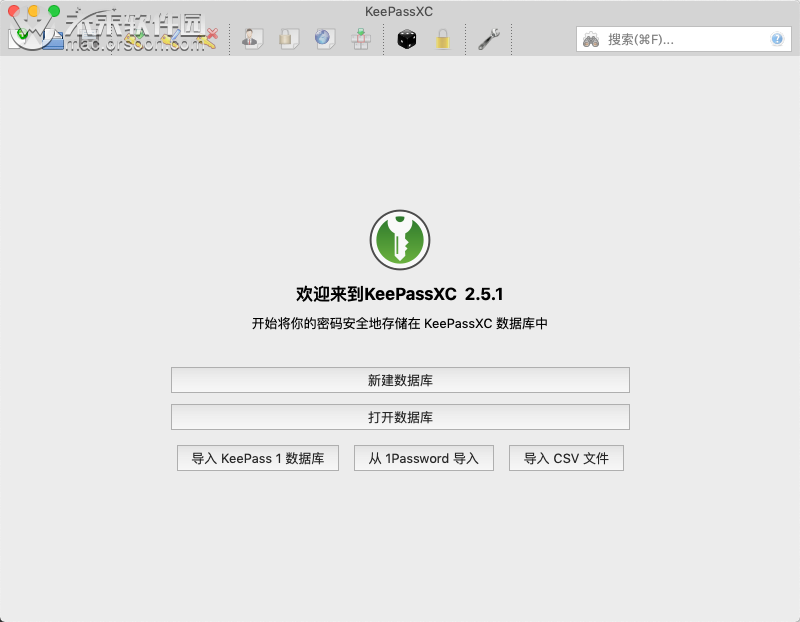

We need to offload that work to password managers, which offer secure vaults that can stand in for our memory.Ī password manager offers convenience and, more importantly, helps you create better passwords, which makes your online existence less vulnerable to password-based attacks. That might work for Memory Grand Master Ed Cooke, but most of us are not capable of such fantastic feats. (Make sure they are long, strong, and secure!) Just kidding. The safest (if craziest) way to store your passwords is to memorize them all. The problem is, most of us don’t know what makes a good password and aren’t able to remember hundreds of them anyway. For nearly a decade, that’s been “123456” and “password”-the two most commonly used passwords on the web. We know they’re good for us, but most of us are happier snacking on the password equivalent of junk food. You will be asked where you want to save it.Password managers are the vegetables of the internet.

Note that the instructions below detail KeePass’s built-in Perform Auto-Type feature, but browser plugins such KeePassHttp (new window) provide a more seamless user experience. These include KeePass XC (Windows, macOS, Linux), KeePass for Android, and KeePassium (iOS). kbdx files are interoperable with most password manager apps built on KeePass’s open source code. kbdx file).Īlthough KeePass 2 itself is a Windows app, its.

kbdx file on a cloud storage server or service (for example, Proton Drive (new window), Dropbox, or Google Drive).Įven if the cloud server is unsafe, the file is end-to-end encrypted using a password and optional key file that only you possess, so your passwords are secure (do not store the Key File in the cloud with the. KeePass password containers (.kbdx files) can be stored locally or synced across devices by storing the. KeePass 2 (new window)is an open source password manager for Windows.


 0 kommentar(er)
0 kommentar(er)
